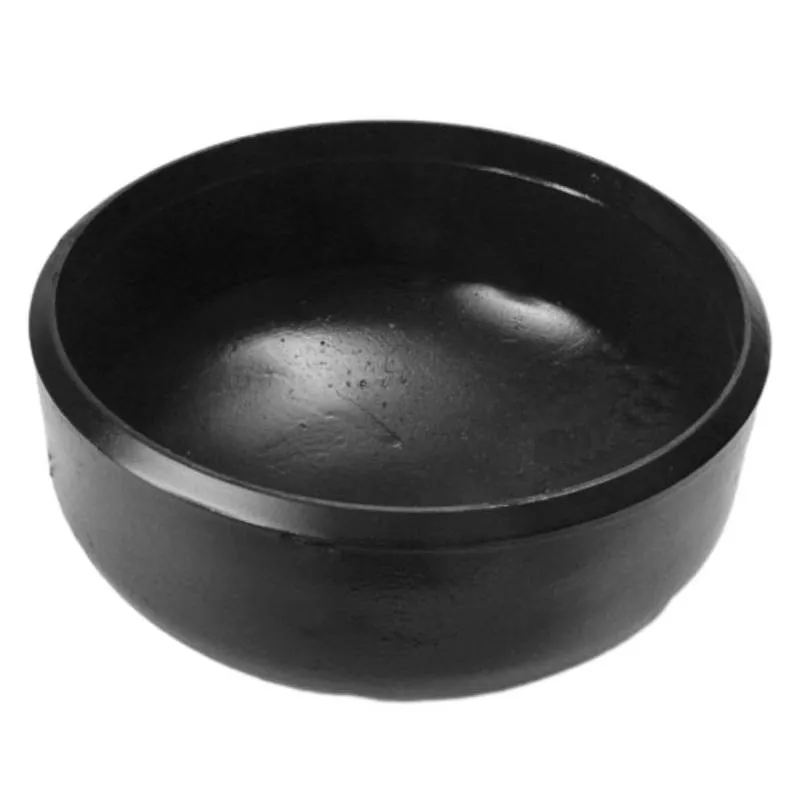-
Cangzhou Yulong Steel Co., Ltd.
-
Phone:
+86 13303177267 -
Email:
admin@ylsteelfittings.com
- English
- Arabic
- Italian
- Spanish
- Portuguese
- German
- kazakh
- Persian
- Greek
- French
- Russian
- Polish
- Thai
- Indonesian
- Vietnamese
- Zulu
- Korean
- Uzbek
- Hindi
- Serbian
- Malay
- Ukrainian
- Gujarati
- Haitian Creole
- hausa
- hawaiian
- Hebrew
- Miao
- Hungarian
- Icelandic
- igbo
- irish
- Japanese
- Javanese
- Kannada
- Khmer
- Rwandese
- Afrikaans
- Albanian
- Amharic
- Armenian
- Azerbaijani
- Basque
- Belarusian
- Bengali
- Bosnian
- Bulgarian
- Catalan
- Cebuano
- China
- China (Taiwan)
- Corsican
- Croatian
- Czech
- Danish
- Esperanto
- Estonian
- Finnish
- Frisian
- Galician
- Georgian
- Kurdish
- Kyrgyz
- Lao
- Latin
- Latvian
- Lithuanian
- Luxembourgish
- Macedonian
- Malgashi
- Malayalam
- Maltese
- Maori
- Marathi
- Mongolian
- Myanmar
- Nepali
- Norwegian
- Norwegian
- Occitan
- Pashto
- Dutch
- Punjabi
- Romanian
- Samoan
- Scottish Gaelic
- Sesotho
- Shona
- Sindhi
- Sinhala
- Slovak
- Slovenian
- Somali
- Sundanese
- Swahili
- Swedish
- Tagalog
- Tajik
- Tamil
- Tatar
- Telugu
- Turkish
- Turkmen
- Urdu
- Uighur
- Welsh
- Bantu
- Yiddish
- Yoruba

Nov . 24, 2024 08:50 Back to list
blind flange 4 inch
Understanding Blind Flanges A Deep Dive into 4-Inch Specifications
When it comes to piping systems, the components used play a crucial role in ensuring efficiency, safety, and functionality. One of the most important yet often overlooked components is the blind flange. A blind flange is a type of flange that is used to close off the end of a piping system. In this article, we will explore the attributes, advantages, and applications of a 4-inch blind flange.
What is a Blind Flange?
A blind flange is essentially a solid disk that is used to seal the end of a pipe or a valve. Unlike other flanges that allow pipes to be connected, a blind flange serves to close off a section of the pipe and prevent any flow. This is particularly important in maintenance, allowing for sections of a piping system to be isolated without removing the entire structure.
Specifications of 4-Inch Blind Flanges
4-inch blind flanges can be crafted from various materials, including stainless steel, carbon steel, and plastic, tailored to specific applications and environments. The most common standards for these flanges are the ASME B16.5 and B16.47, which dictate the dimensions, pressure ratings, and materials used.
1. Dimensions The overall diameter of a 4-inch blind flange is approximately 4.5 inches, with a bolt circle diameter that accommodates multiple bolt sizes, generally ranging from 0.75 inches to 1.25 inches. The flange thickness may vary based on the design; however, it typically falls between 0.5 inches and 1 inch.
2. Pressure Ratings Blind flanges come with various pressure ratings, from Class 150 to Class 2500, indicating how much pressure the flange can withstand without yielding. For instance, a Class 150 blind flange can handle around 285 psi at room temperature, while a Class 2500 offers robust support at around 1500 psi.
3. Material The choice of material plays a critical role in the performance of a blind flange. For instance - Carbon Steel Provides high strength and is often used in petroleum and natural gas applications. - Stainless Steel Offers excellent corrosion resistance, making it suitable for chemical processes and marine environments. - Plastic Often used in low-pressure applications or where corrosion is a significant concern.
Advantages of Using Blind Flanges
blind flange 4 inch

2. Safety Utilizing blind flanges can enhance safety by ensuring that pipe sections can be serviced or maintained without the risk of leakage or pressure release.
3. Easy Installation and Maintenance Blind flanges are relatively easy to install, requiring basic tools and minimal technical expertise. This ease of use translates to reduced downtime during maintenance activities.
4. Versatility Blind flanges can be applied in various industries, including oil and gas, water treatment, pharmaceuticals, and food processing, making them a versatile choice for different piping systems.
Applications of 4-Inch Blind Flanges
1. Isolation in Piping Systems Blind flanges are often used to isolate equipment during maintenance, allowing for safe access without needing to empty the entire system.
2. End of Pipeline Termination They can be installed at the end of a pipeline run, providing a clean finish and preventing foreign substances from entering the system.
3. Pressure Testing When a system undergoes pressure testing, blind flanges can seal off certain sections, ensuring accurate testing results.
4. Simplifying Modifications In cases where modifications or expansions are planned, blind flanges can temporarily seal off areas until the necessary changes are made.
Conclusion
In summary, a 4-inch blind flange is a crucial component that provides safety, efficiency, and reliability in various piping systems. Understanding its specifications, advantages, and applications can help businesses and engineers make informed decisions when it comes to their piping needs. Whether for maintaining systems, testing pressures, or ensuring system integrity, the blind flange stands out as a component that plays a vital role across numerous industries. As industries continue to evolve, so too will the designs and applications of these indispensable connectors, making them even more integral to modern engineering practices.
Latest news
-
ANSI 150P SS304 SO FLANGE
NewsFeb.14,2025
-
ASTM A333GR6 STEEL PIPE
NewsJan.20,2025
-
ANSI B16.5 WELDING NECK FLANGE
NewsJan.15,2026
-
ANSI B16.5 SLIP-ON FLANGE
NewsApr.19,2024
-
SABS 1123 FLANGE
NewsJan.15,2025
-
DIN86044 PLATE FLANGE
NewsApr.19,2024
-
DIN2527 BLIND FLANGE
NewsApr.12,2024
-
JIS B2311 Butt-Welding Fittings LR/SR 45°/90° /180°Seamless/Weld
NewsApr.23,2024











